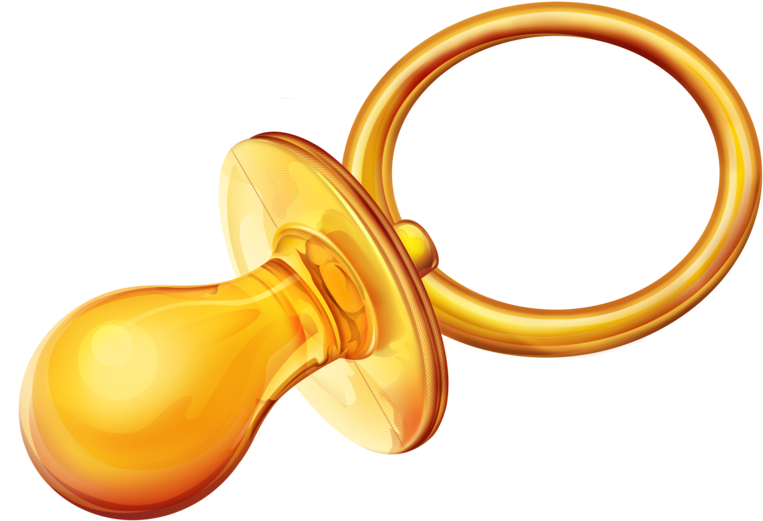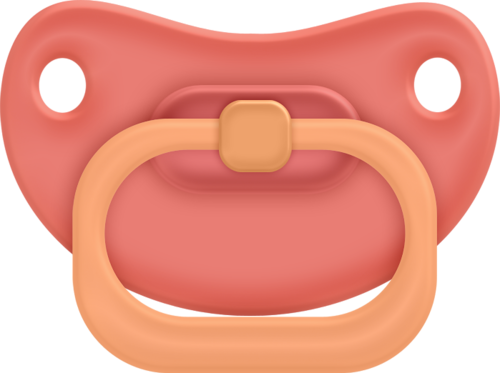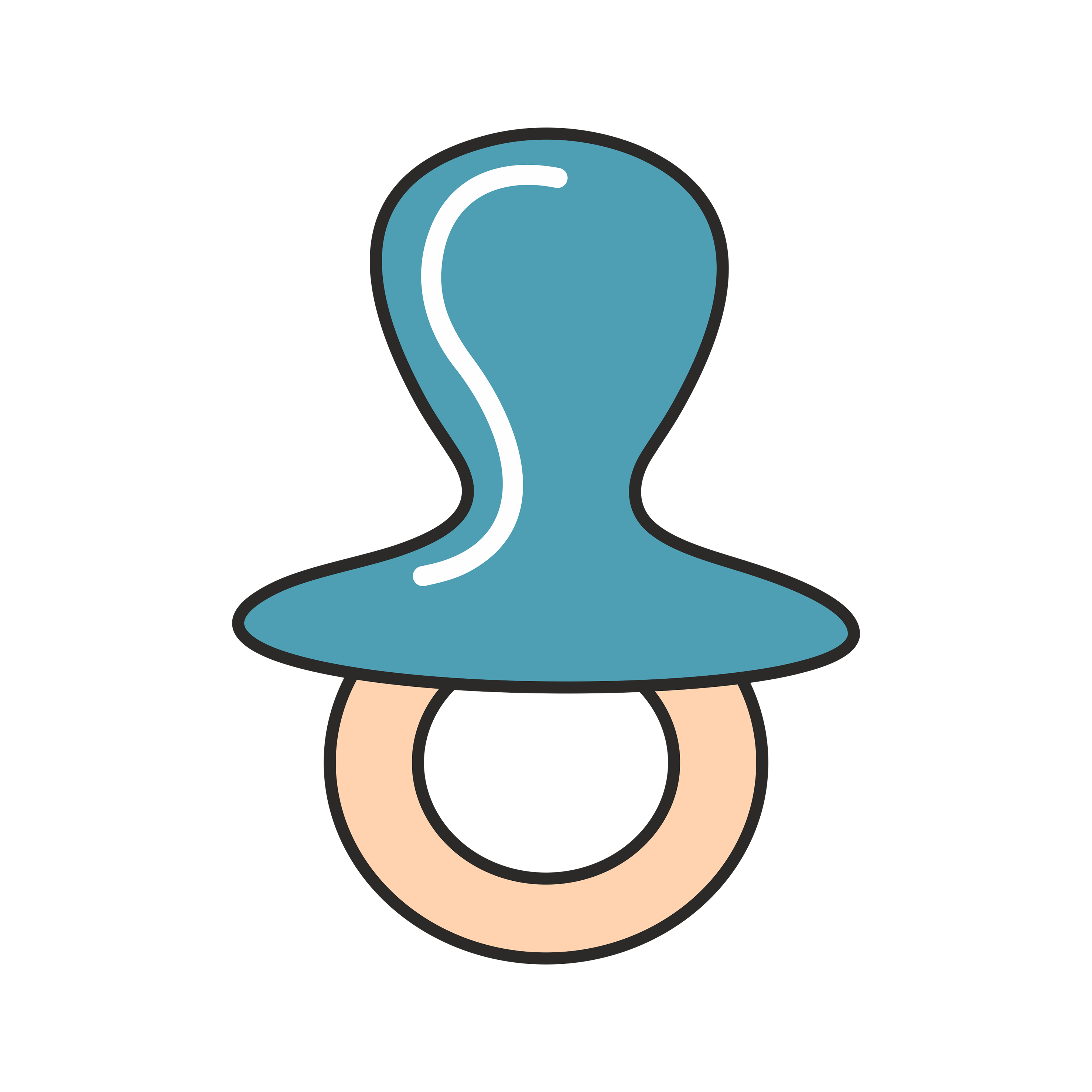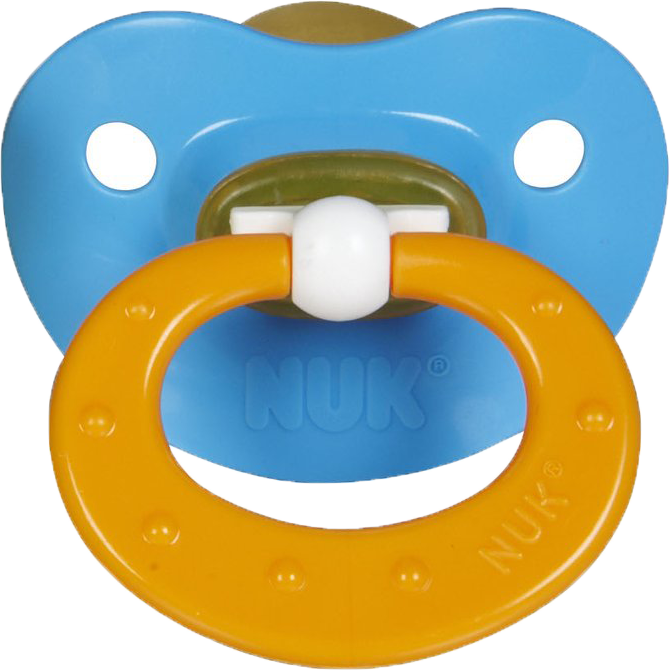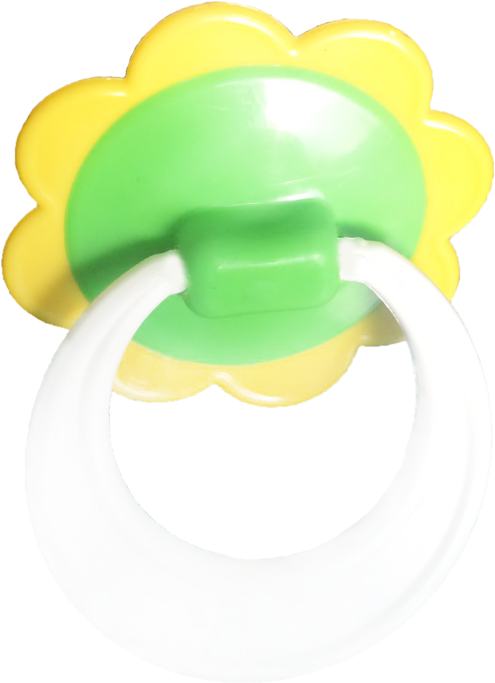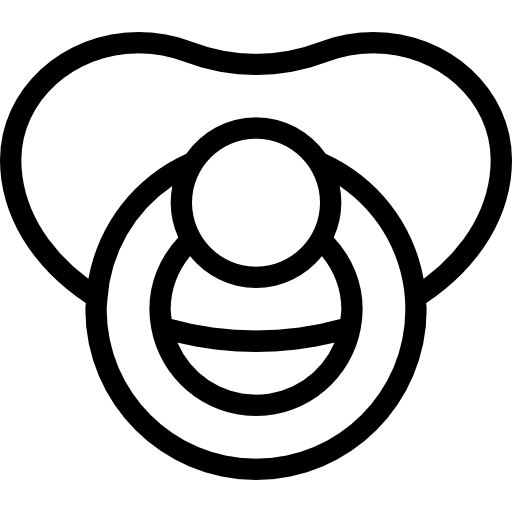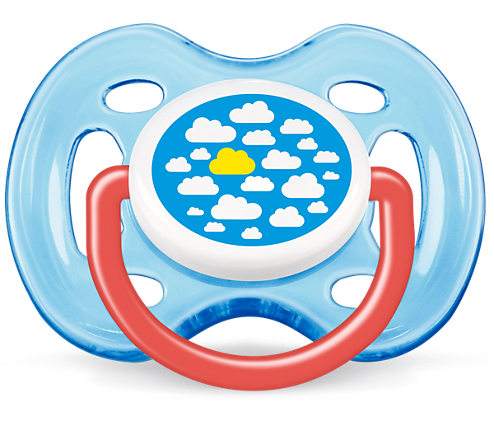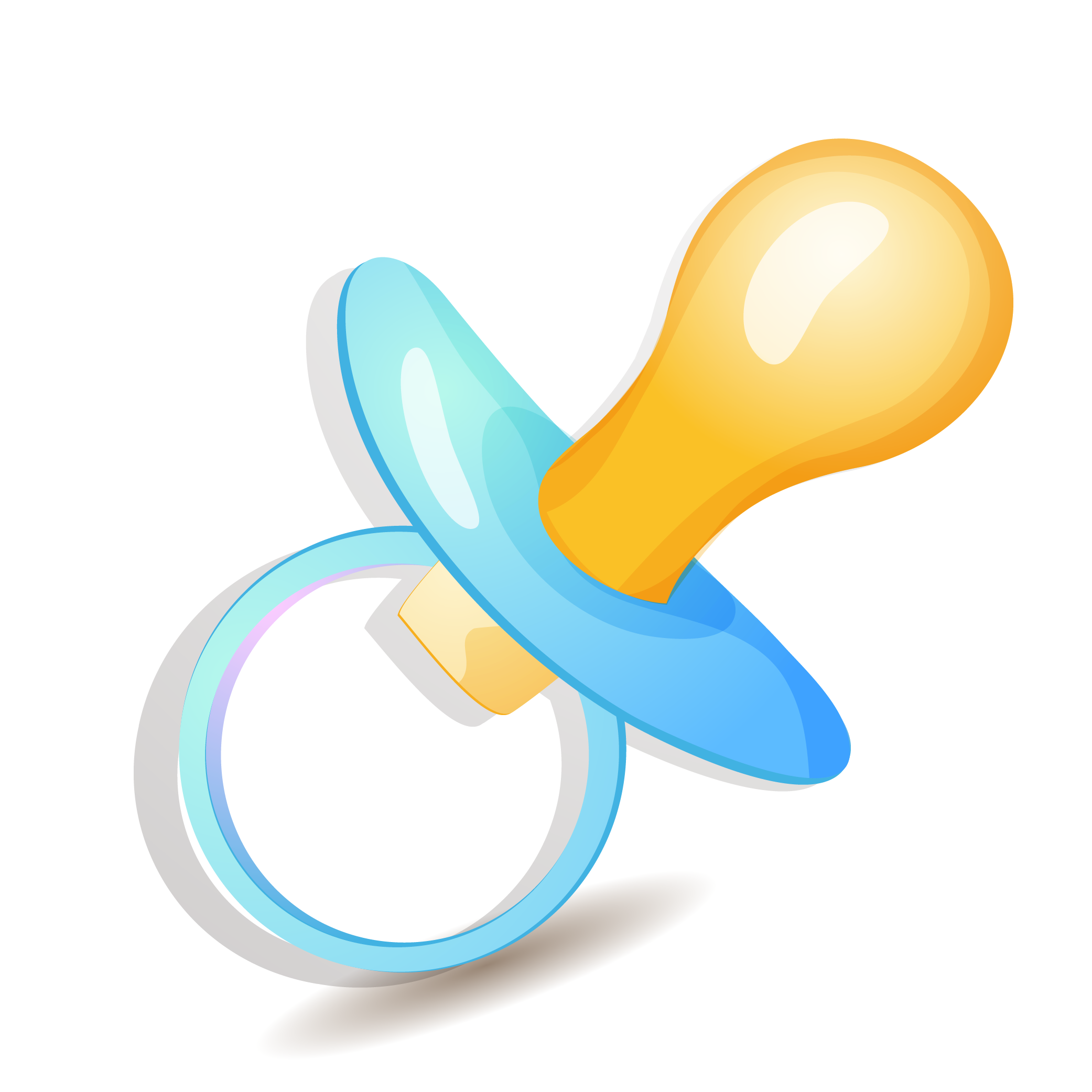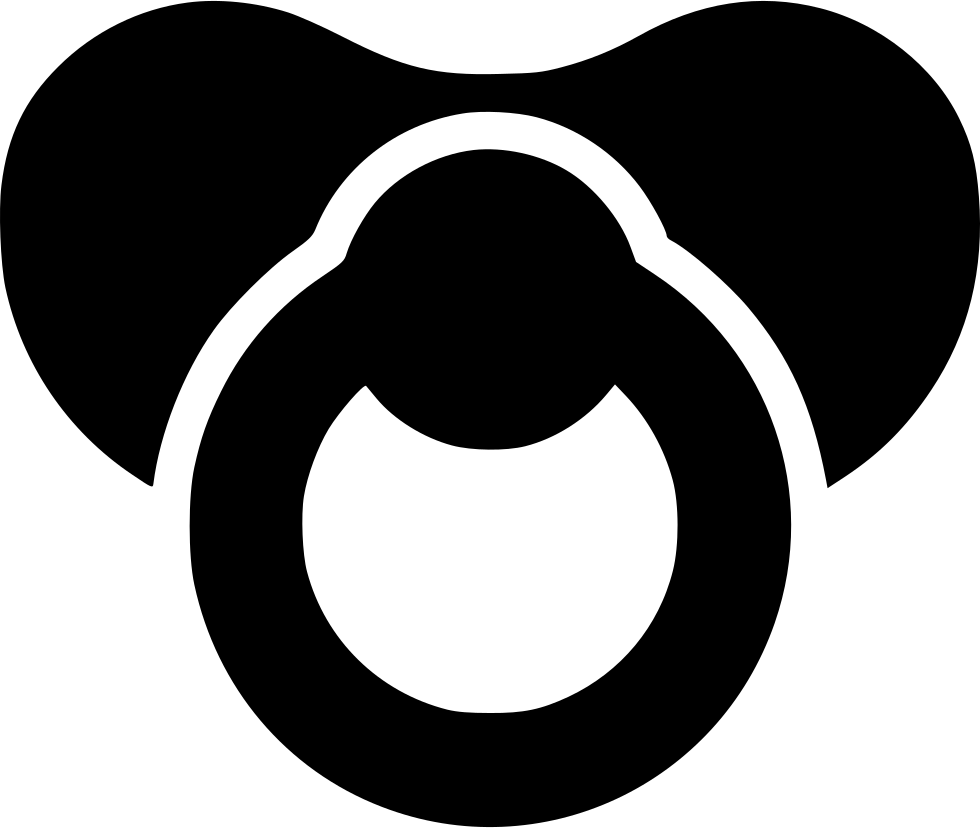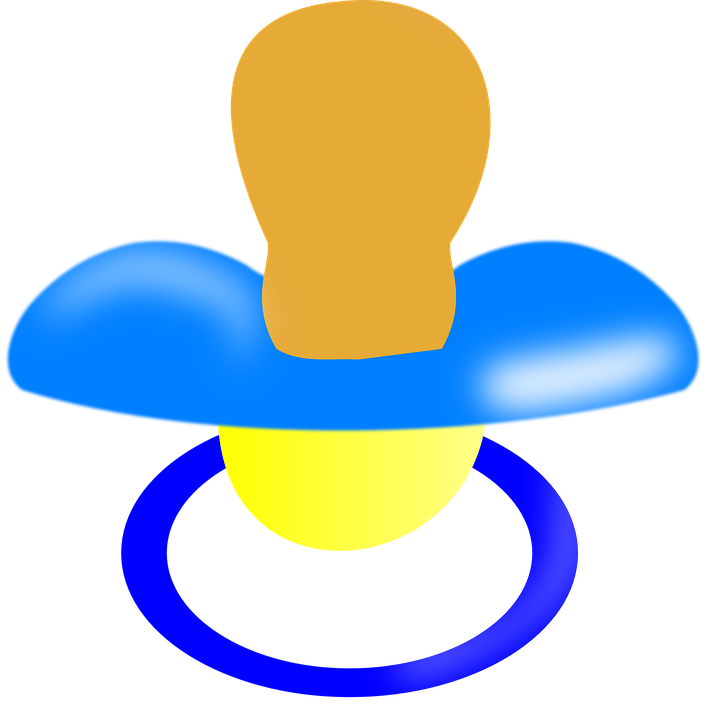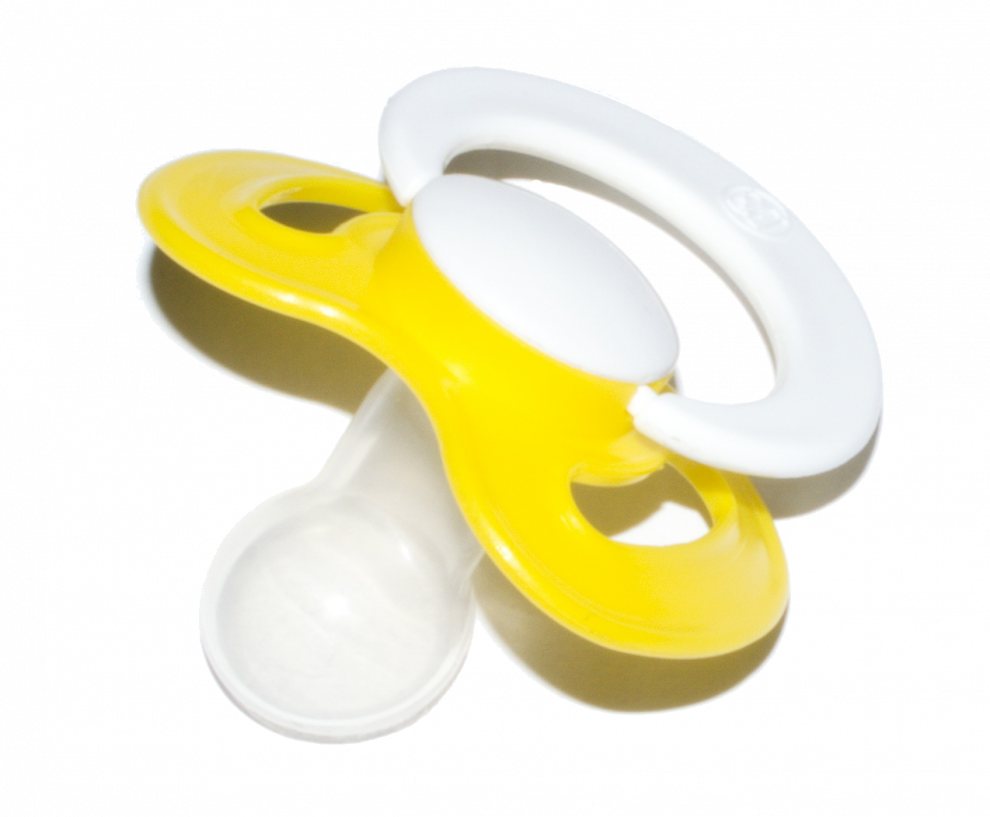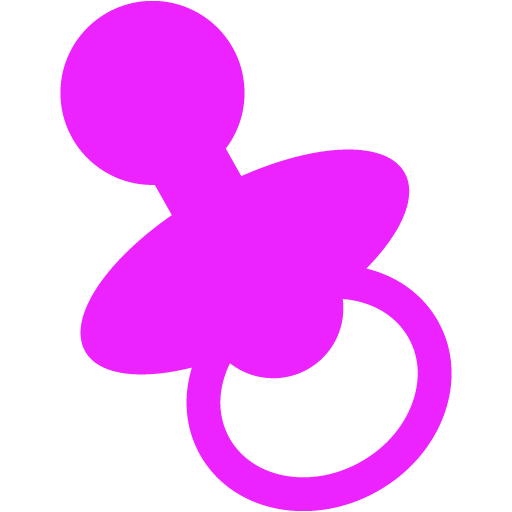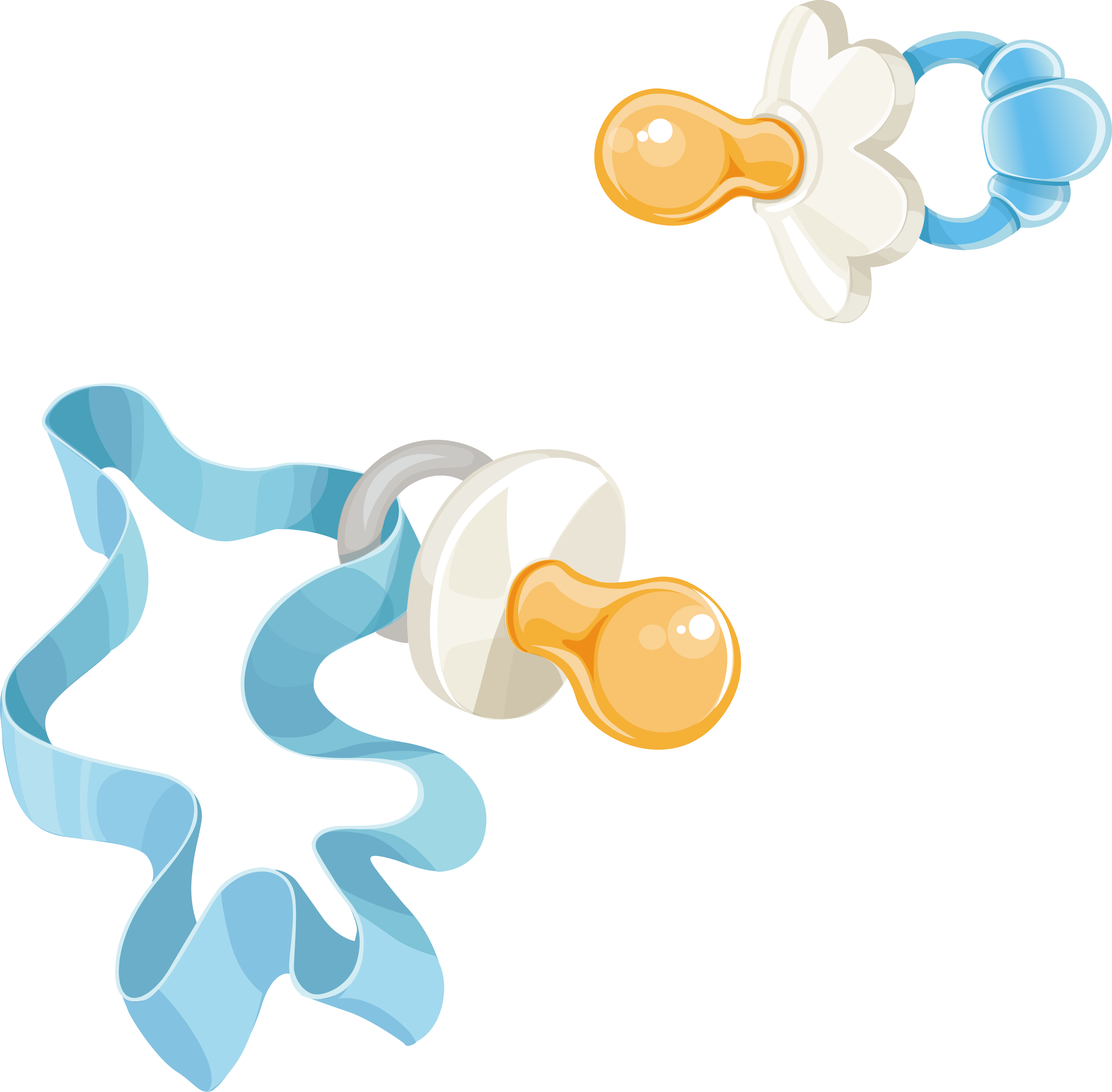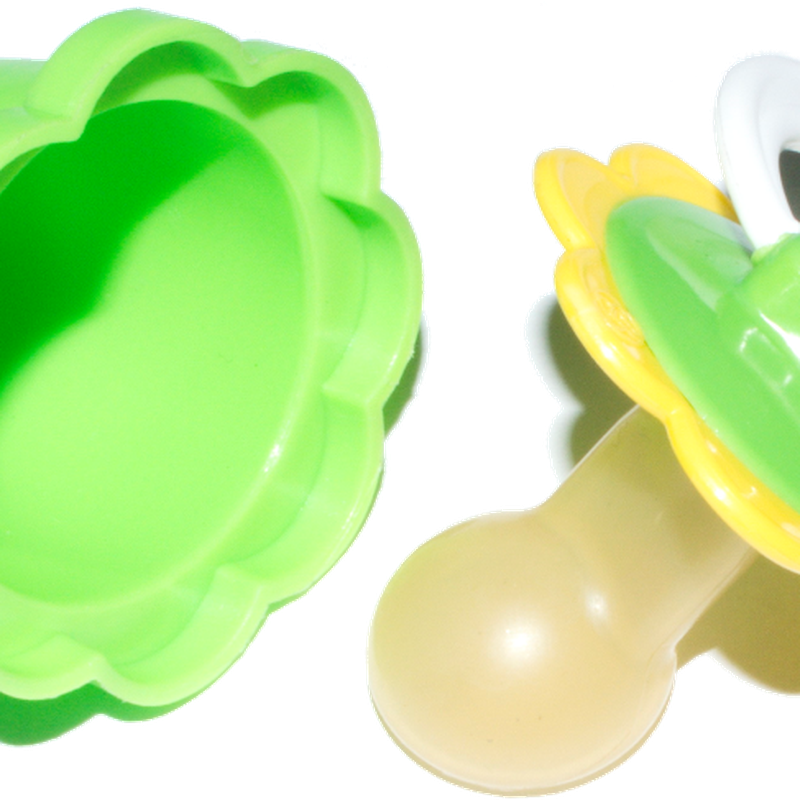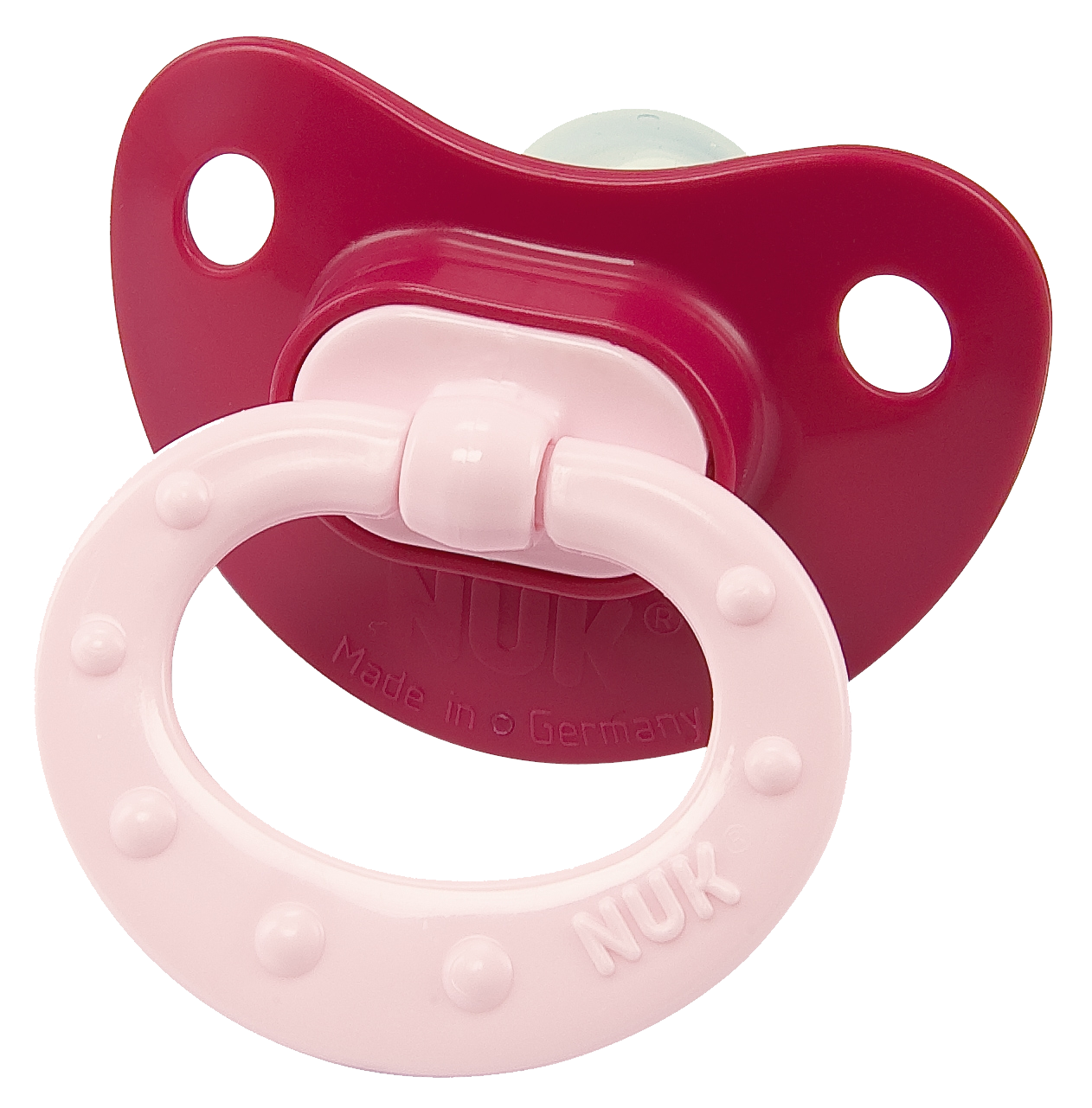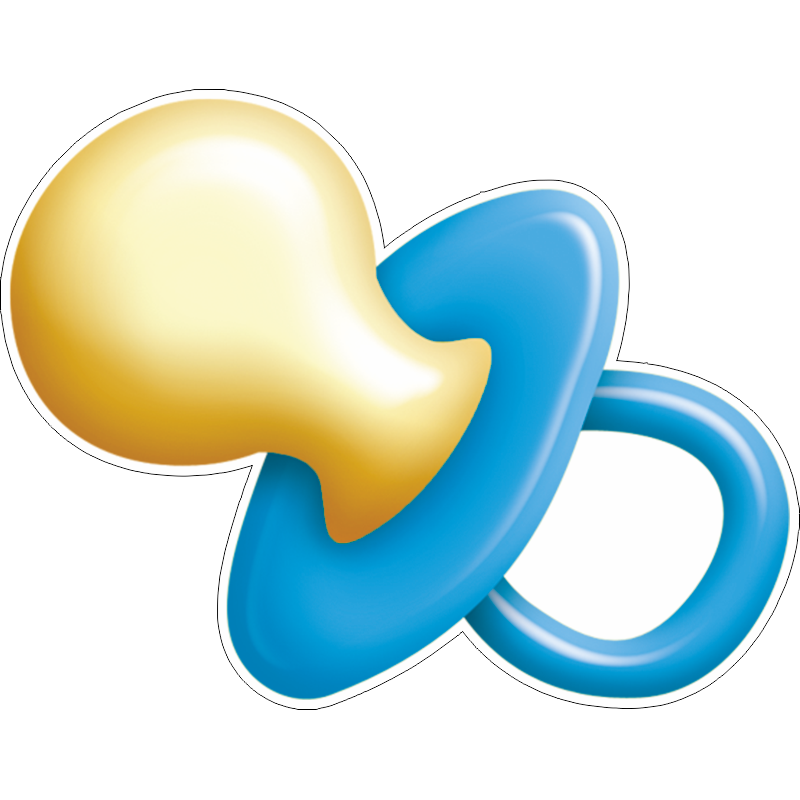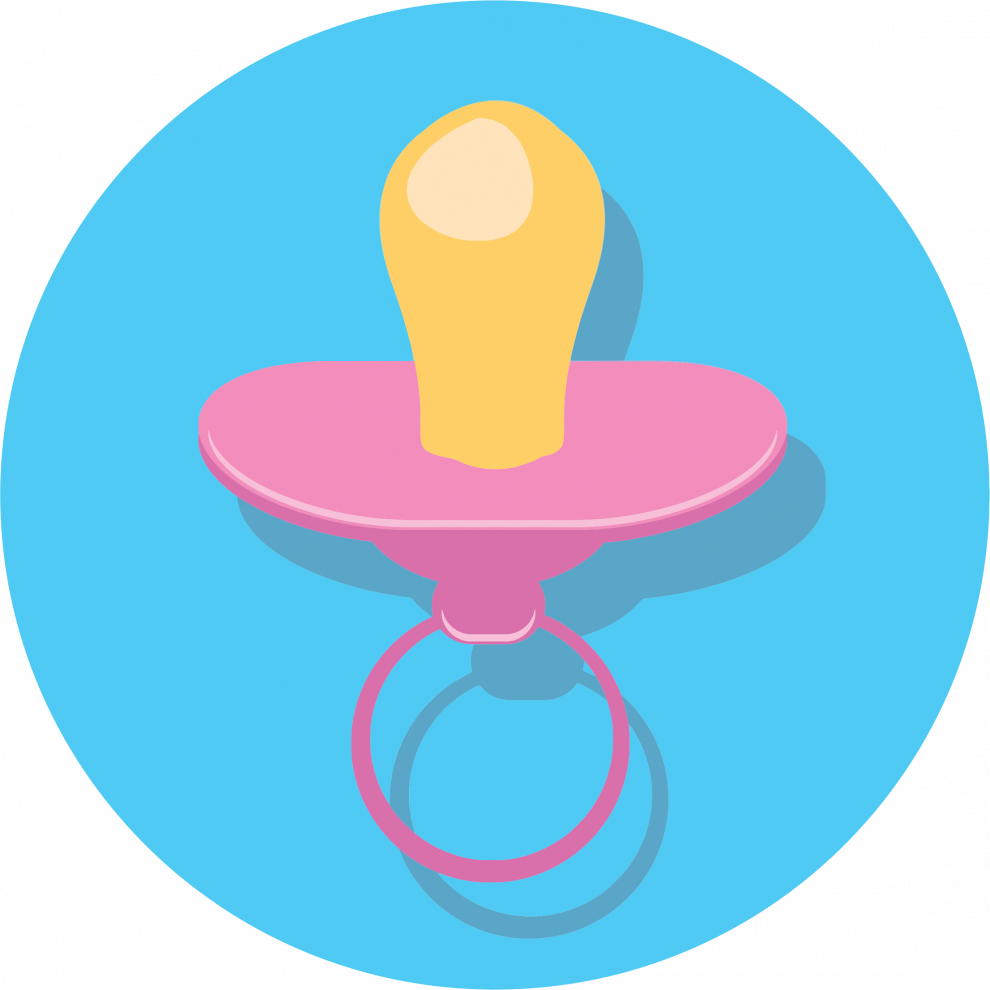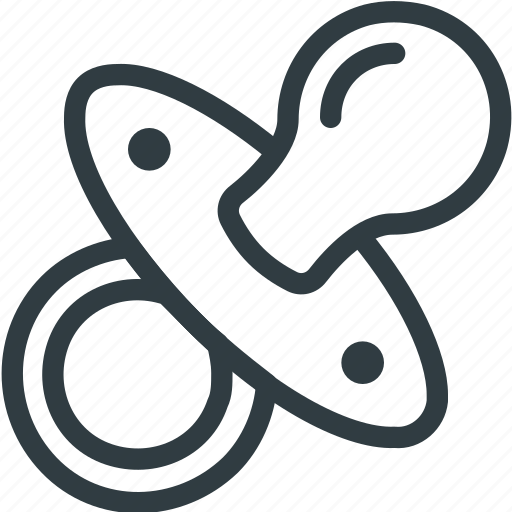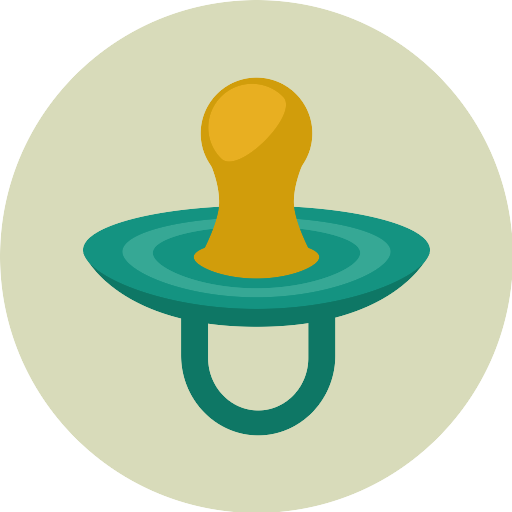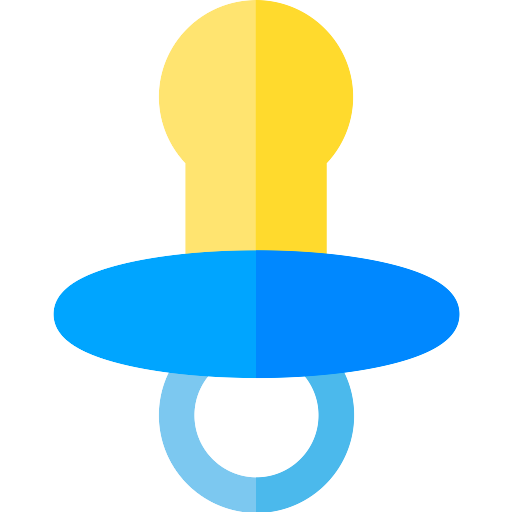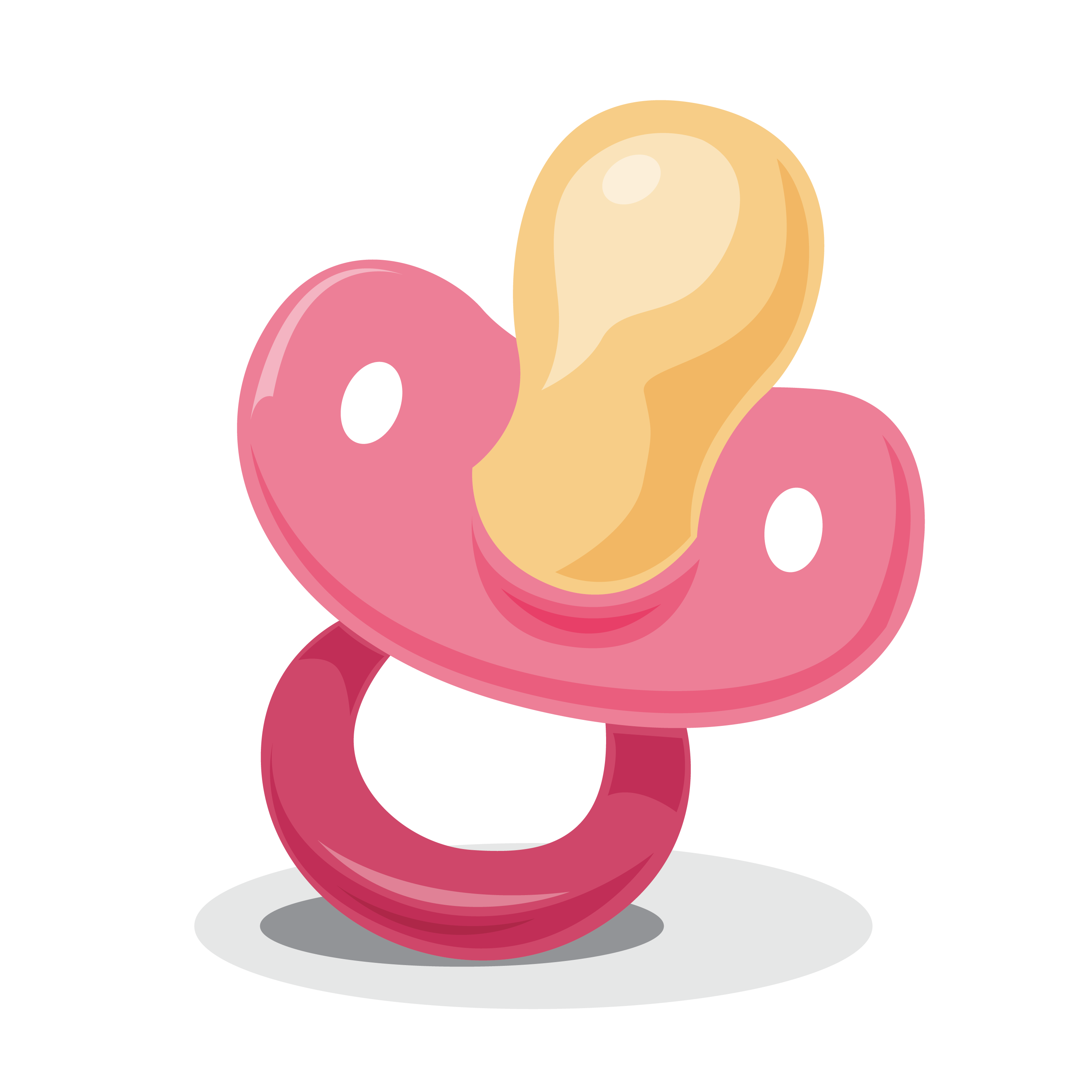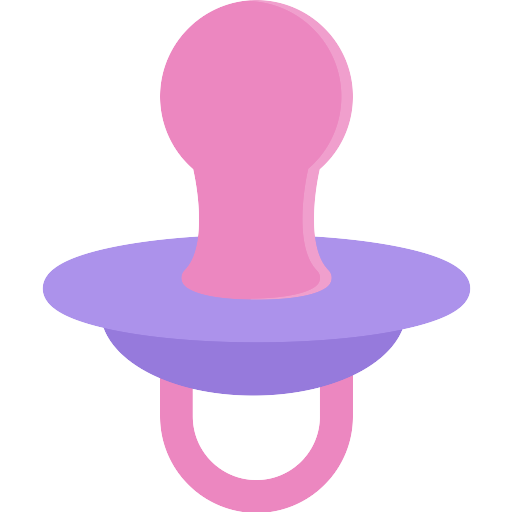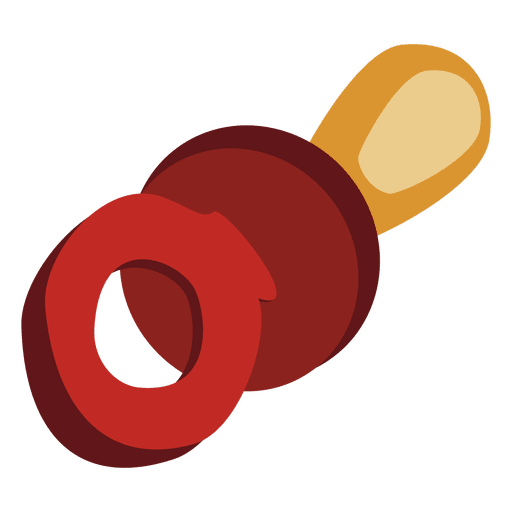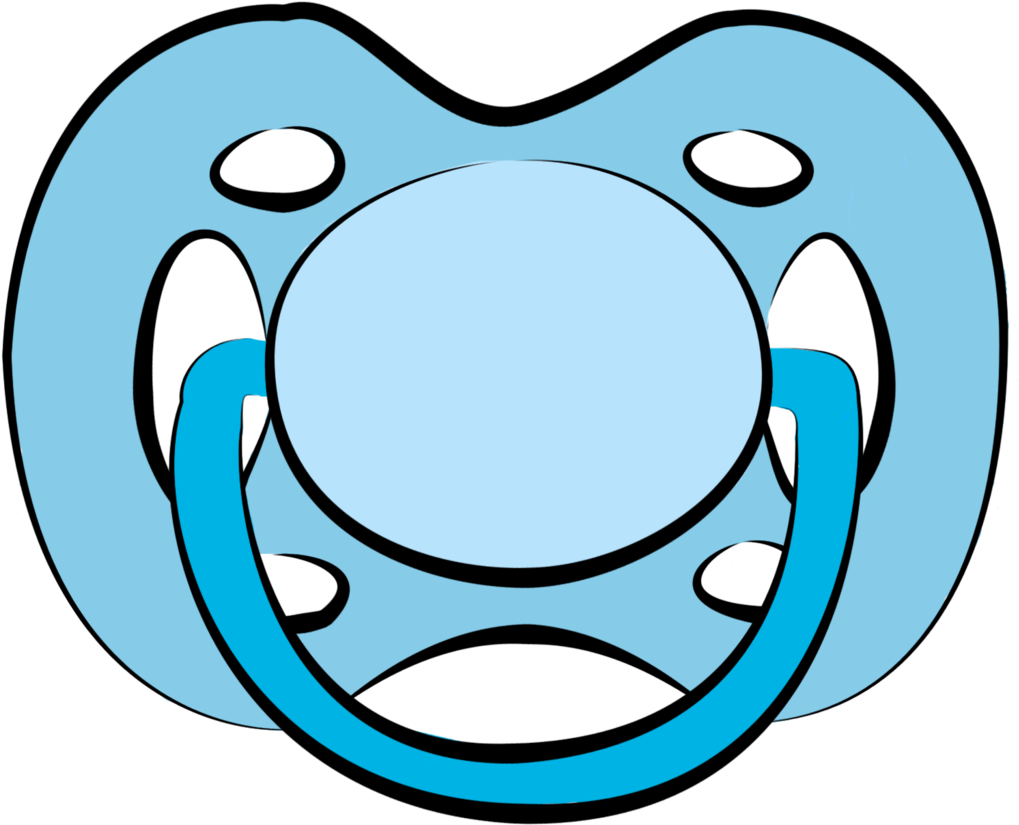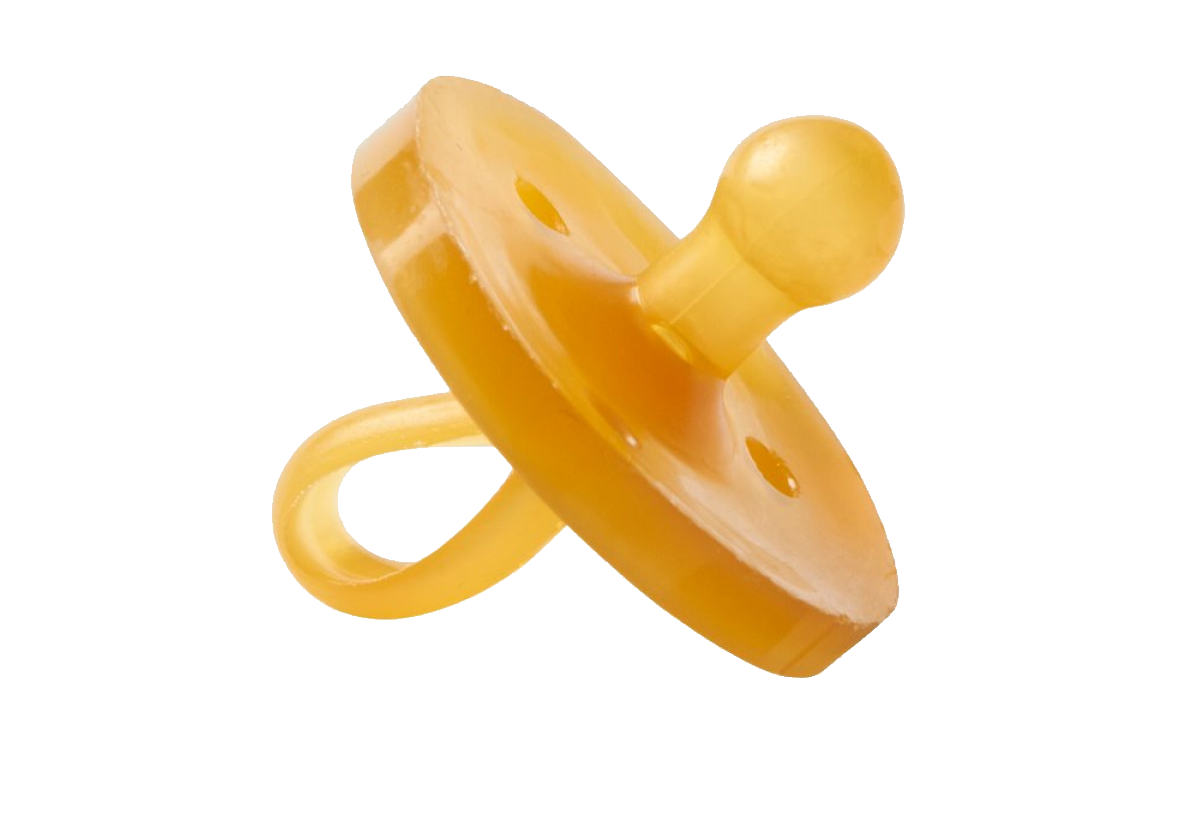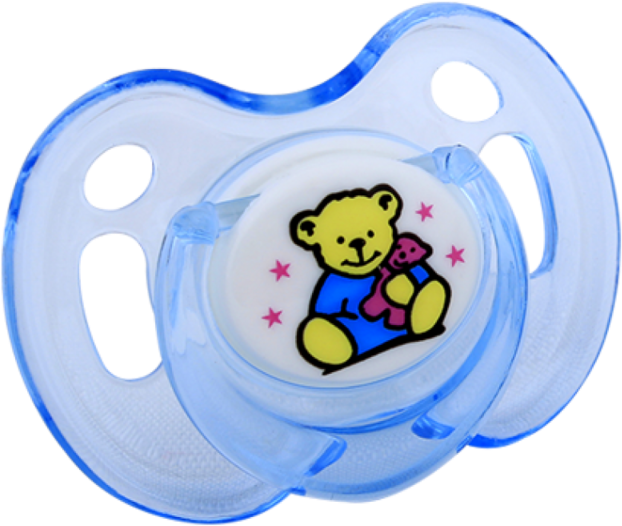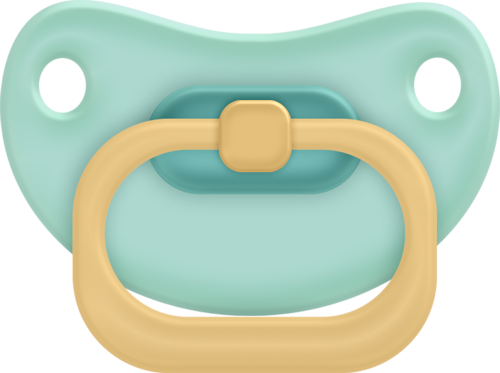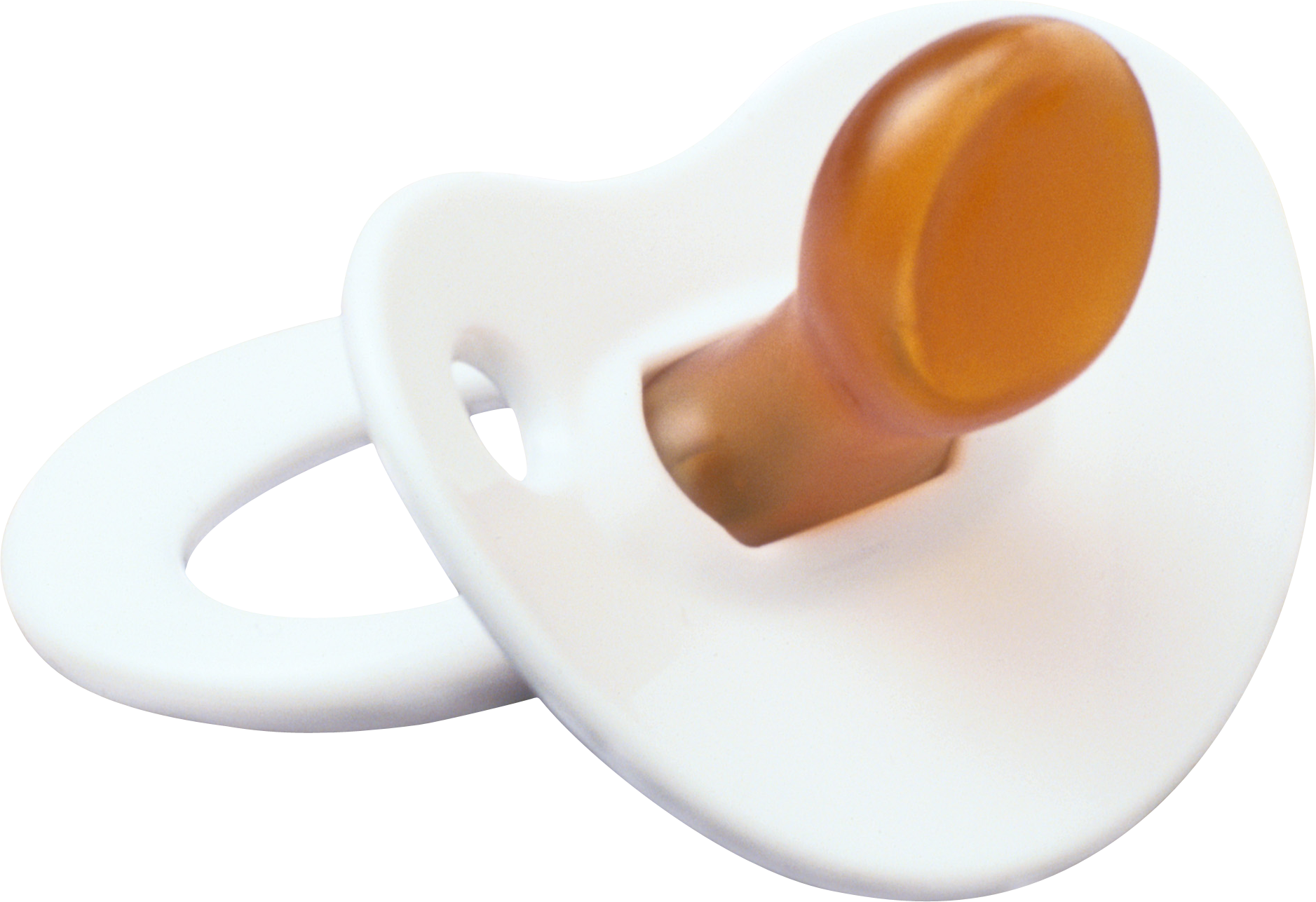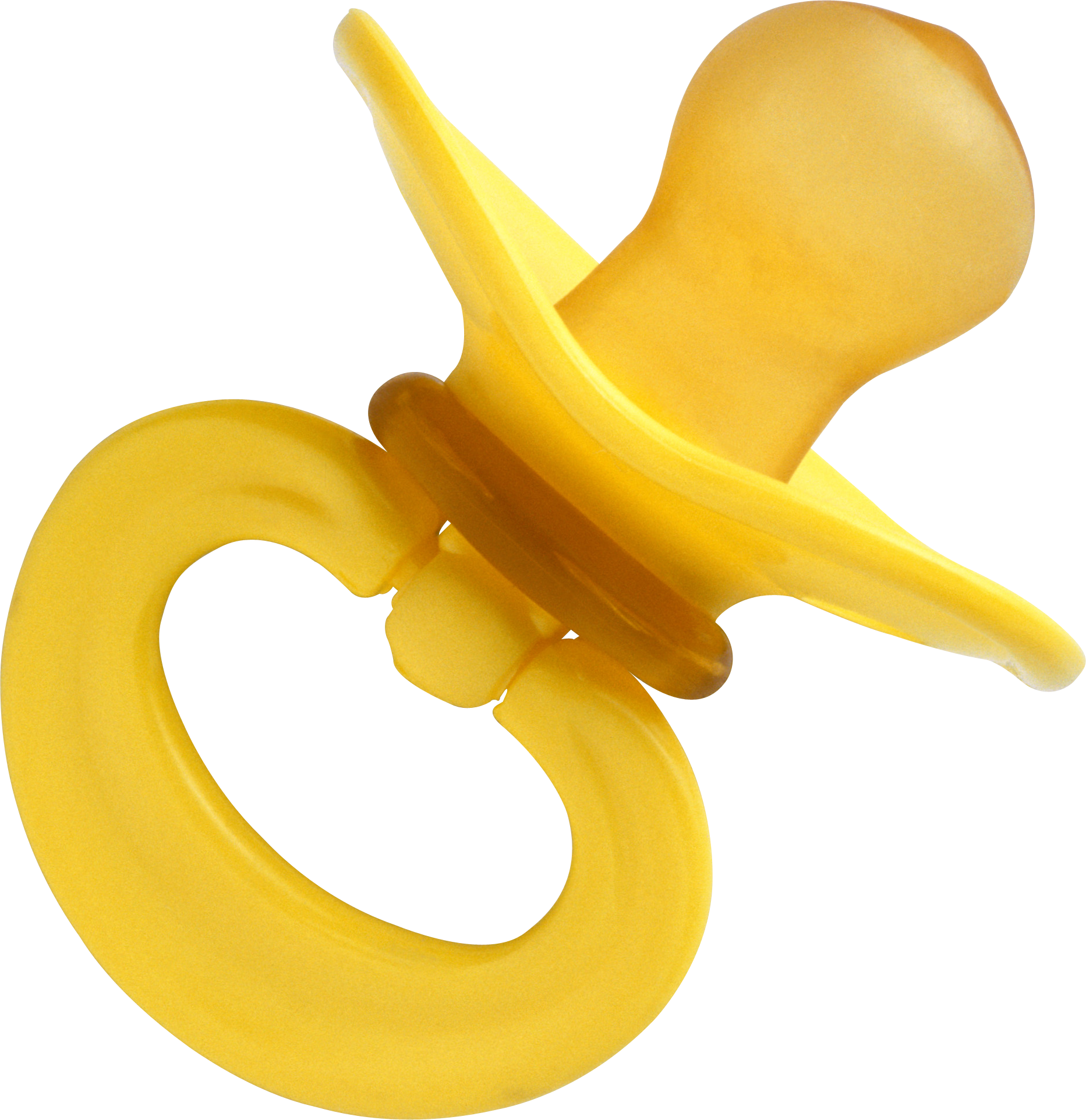Download top and best high-quality free Pacifier PNG Transparent Images backgrounds available in various sizes. To view the full PNG size resolution click on any of the below image thumbnail.
License Info: Creative Commons 4.0 BY-NC
A pacifier is a nipple replacement made of rubber, plastic, or silicone that is given to a newborn to suckle on between feedings to relieve discomfort by satisfying the desire to suck when the infant is not hungry. An extended teat, a mouth shield, and a handle are the three pieces of a pacifier. The mouth shield is large enough to prevent the infant from putting the pacifier in its mouth, eliminating the risk of the youngster swallowing it and choking.
Binky (American English), dummy (Australian English and British English), soother (Canadian English and Hiberno English), and Dodie are all informal names for pacifiers (Hiberno English).
In 1473, German physician Bartholomäus Metlinger described pacifiers for the first time in his book Kinderbüchlein, which was eventually renamed Regiment der jungen Kinder in later editions (“Caring For Young Children”).
A coral was a teething toy made of coral, ivory, or bone that was sometimes set in silver as the handle of a rattle in England during the 17th”19th century. According to a museum curator, these ingredients were utilized as “sympathetic magic,” with the animal bone symbolizing animal strength to aid the child’s pain management.
Pacifiers evolved from hard teething rings, but they also served as a replacement for the softer sugar tits, sugar-teats, or sugar-rags that were popular in nineteenth-century America. In 1873, a writer described a “sugar-teat” created from “a tiny piece of old linen” with a “spoonful of somewhat sandy sugar in the center” that was “gathered… up into a little ball” with a thread securely wrapped around it. In various regions of Northern Europe and worldwide, newborns were handed rags with delicacies knotted within. A lump of flesh or fat was knotted in fabric in certain regions, and the rag was occasionally wet with brandy. Lutschbeutel, a fabric wrapped around sweetened bread or poppy seeds, may be used in German-speaking communities.
Around 1900, Manhattan pharmacist Christian W. Meinecke patented the first teat, shield, and handle design as a “baby comforter” in the United States as a “baby comforter.” In the mid-nineteenth century, rubber was employed in flexible teethers advertised as “elastic gum rings” for British newborns, as well as feeding-bottle teats. A “new type rubber teething ring, featuring one firm and one soft nipple” was promoted by Sears, Roebuck & Co. in 1902. In 1909, “Auntie Pacifier” wrote to the New York Times, warning of the “menace to health” (she meant oral health) of “the persistent, and, among the poorer classes, the ubiquitous sucking of a rubber nipple offered as a ‘pacifier.’” Dummies were also connected with bad hygiene in England, where they were viewed as something used by the “poorer classes.” “If it falls on the floor, it is rubbed temporarily on the mother’s shirt or apron, lipped by the mother, and reinstalled in the baby’s mouth,” a London doctor remarked in 1914.
Initially, pacifiers were made of black, maroon, or white rubber, albeit white rubber at the time included a small amount of lead. Binky (with a y) is a trademarked brand name for pacifiers and other baby items made by the Binky Baby Products Company of New York in around 1935. Playtex Products, LLC owns the trademark for the brand name in the United States (and a number of other countries).
Download Pacifier PNG images transparent gallery.
- Soothing Pacifier PNG
Resolution: 763 × 521
Size: 320 KB
Image Format: .png
Download
- Soothing Pacifier PNG Pic
Resolution: 500 × 373
Size: 110 KB
Image Format: .png
Download
- Soothing Pacifier PNG Image
Resolution: 600 × 600
Size: 32 KB
Image Format: .png
Download
- Soothing Pacifier PNG Photo
Resolution: 2956 × 2956
Size: 334 KB
Image Format: .png
Download
- Soothing Pacifier PNG Cutout
Resolution: 512 × 512
Size: 42 KB
Image Format: .png
Download
- Soothing Pacifier PNG Images
Resolution: 670 × 670
Size: 324 KB
Image Format: .png
Download
- Soothing Pacifier PNG Clipart
Resolution: 495 × 683
Size: 306 KB
Image Format: .png
Download
- Newborn Pacifier PNG
Resolution: 512 × 512
Size: 16 KB
Image Format: .png
Download
- Newborn Pacifier PNG Pic
Resolution: 898 × 720
Size: 78 KB
Image Format: .png
Download
- Newborn Pacifier PNG Image
Resolution: 1459 × 1920
Size: 45 KB
Image Format: .png
Download
- Newborn Pacifier PNG Photo
Resolution: 512 × 512
Size: 26 KB
Image Format: .png
Download
- Newborn Pacifier PNG Cutout
Resolution: 494 × 435
Size: 249 KB
Image Format: .png
Download
- Newborn Pacifier PNG Images
Resolution: 2048 × 2048
Size: 155 KB
Image Format: .png
Download
- Newborn Pacifier PNG Photos
Resolution: 2083 × 2083
Size: 346 KB
Image Format: .png
Download
- Baby Pacifier
Resolution: 980 × 828
Size: 29 KB
Image Format: .png
Download
- Baby Pacifier PNG
Resolution: 720 × 720
Size: 97 KB
Image Format: .png
Download
- Baby Pacifier PNG Pic
Resolution: 990 × 817
Size: 565 KB
Image Format: .png
Download
- Baby Pacifier PNG File
Resolution: 990 × 1160
Size: 427 KB
Image Format: .png
Download
- Baby Pacifier PNG Image
Resolution: 512 × 512
Size: 7 KB
Image Format: .png
Download
- Baby Pacifier PNG Photo
Resolution: 3638 × 3573
Size: 546 KB
Image Format: .png
Download
- Pacifier
Resolution: 800 × 800
Size: 614 KB
Image Format: .png
Download
- Pacifier PNG
Resolution: 1262 × 1281
Size: 1248 KB
Image Format: .png
Download
- Pacifier PNG Pic
Resolution: 800 × 800
Size: 292 KB
Image Format: .png
Download
- Pacifier PNG File
Resolution: 990 × 990
Size: 519 KB
Image Format: .png
Download
- Pacifier PNG Image
Resolution: 549 × 640
Size: 21 KB
Image Format: .png
Download
- Pacifier PNG Photo
Resolution: 512 × 512
Size: 35 KB
Image Format: .png
Download
- Pacifier PNG Cutout
Resolution: 512 × 512
Size: 53 KB
Image Format: .png
Download
- Pacifier PNG Images
Resolution: 600 × 816
Size: 134 KB
Image Format: .png
Download
- Pacifier PNG Photos
Resolution: 512 × 512
Size: 25 KB
Image Format: .png
Download
- Pacifier Transparent
Resolution: 512 × 512
Size: 21 KB
Image Format: .png
Download
- Pacifier PNG Clipart
Resolution: 512 × 512
Size: 14 KB
Image Format: .png
Download
- Pacifier PNG Picture
Resolution: 2917 × 2917
Size: 198 KB
Image Format: .png
Download
- Pacifier PNG HD Image
Resolution: 512 × 512
Size: 16 KB
Image Format: .png
Download
- Pacifier PNG Image HD
Resolution: 512 × 512
Size: 47 KB
Image Format: .png
Download
- Pacifier No Background
Resolution: 512 × 512
Size: 10 KB
Image Format: .png
Download
- Soothing Pacifier PNG Photos
Resolution: 1019 × 825
Size: 149 KB
Image Format: .png
Download
- Soothing Pacifier PNG Picture
Resolution: 1521 × 1521
Size: 114 KB
Image Format: .png
Download
- Soothing Pacifier PNG HD Image
Resolution: 1181 × 836
Size: 298 KB
Image Format: .png
Download
- Soothing Pacifier PNG Image HD
Resolution: 622 × 526
Size: 547 KB
Image Format: .png
Download
- Soothing Pacifier No Background
Resolution: 500 × 404
Size: 112 KB
Image Format: .png
Download
- Soothing Pacifier PNG Images HD
Resolution: 500 × 373
Size: 112 KB
Image Format: .png
Download
- Soothing Pacifier PNG Free Image
Resolution: 1877 × 1287
Size: 1842 KB
Image Format: .png
Download
- Soothing Pacifier
Resolution: 1865 × 1924
Size: 2687 KB
Image Format: .png
Download
